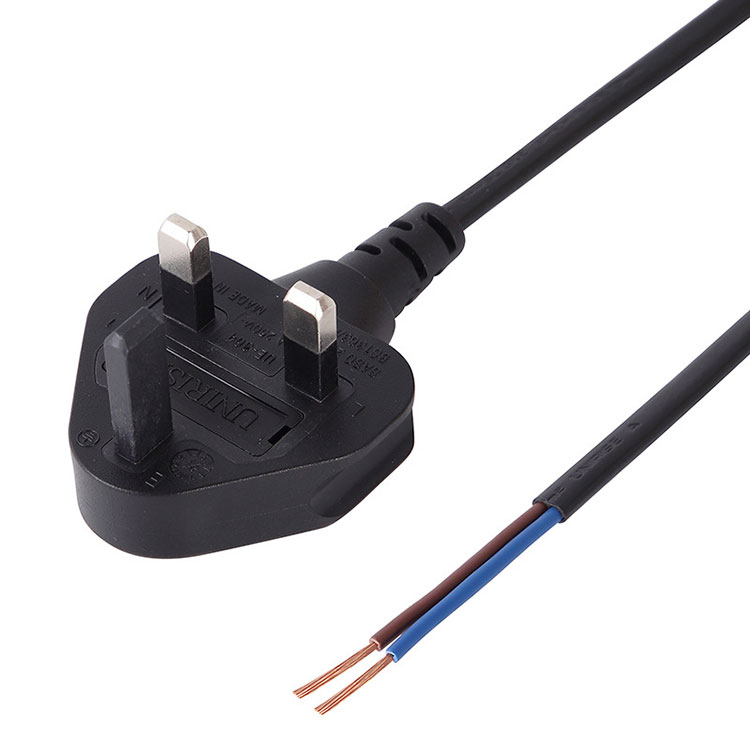Photovoltaic Cable Selection Guide for Solar Systems
2025-08-14
Introduction to Photovoltaic Cable Selection
Selecting the right photovoltaic cable is critical for ensuring optimal performance, safety, and longevity in solar energy systems. This guide by Paidu provides a comprehensive overview of photovoltaic cable types, technical specifications, installation best practices, and key selection criteria. Whether you're designing a residential rooftop system or a large-scale solar farm, understanding cable requirements helps maximize efficiency and compliance with international standards.
1. Key Specifications of Paidu Photovoltaic Cables
Technical Parameters Comparison
| Model | Conductor Material | Insulation | Voltage Rating | Temperature Range | UV Resistance |
|---|---|---|---|---|---|
| PD-PV4 | Tinned Copper | XLPO | 1.8kV | -40°C to 120°C | Excellent |
| PD-PV6 | Bare Copper | LSZH | 1.5kV | -30°C to 90°C | Good |
| PD-PV8 | Aluminum Alloy | EPR | 1.0kV | -25°C to 105°C | Moderate |
Performance Features
✔ Double insulation for enhanced durability
✔ Halogen-free (LSZH) for safety in enclosed spaces
✔ UV & ozone-resistant for outdoor longevity
✔ Low DC resistance (≤0.4Ω/km) for minimal power loss
✔ TUV, UL, and IEC 62930 certified
2. Choosing the Right Photovoltaic Cable for Your System
By System Type
| Application | Recommended Cable | Key Considerations |
|---|---|---|
| Residential Rooftop | PD-PV4 (4mm²-6mm²) | Flexibility, UV resistance |
| Commercial Solar Farms | PD-PV6 (10mm²-16mm²) | High current capacity |
| Floating Solar Plants | PD-PV8 (25mm²+) | Water & chemical resistance |
By Environmental Conditions
✔ High-temperature zones: XLPO insulation (PD-PV4)
✔ Humid/marine environments: Tinned copper conductors
✔ Fire-prone areas: LSZH insulation (PD-PV6)
3. Installation & Maintenance Best Practices
Wiring Guidelines
✔ Use MC4 connectors for secure terminations
✔ Maintain minimum bending radius (6x cable diameter)
✔ Avoid sharp edges or abrasion points
✔ Follow NEC 690 & IEC 60364-7-712 standards
Maintenance Checklist
| Task | Frequency | Purpose |
|---|---|---|
| Visual inspection | Annually | Check for cracks/abrasions |
| IR thermography | Every 2 years | Detect hotspots |
| Insulation test | Every 5 years | Ensure dielectric strength |
4. FAQ: Photovoltaic Cable Selection
Q: What’s the difference between tinned copper and bare copper conductors?
A: Tinned copper (PD-PV4) offers superior corrosion resistance, making it ideal for humid or salty environments. Bare copper (PD-PV6) is cost-effective for dry, stable climates.
Q: How do I determine the correct cable cross-section?
A: Calculate based on:
-
System current (I = P/V)
-
Voltage drop (<3% recommended)
-
Cable length (longer runs require thicker cables)
Q: Are aluminum PV cables a good alternative?
A: Aluminum (PD-PV8) is lightweight and cheaper but has higher resistance. Best suited for large-scale projects where cost outweighs efficiency losses.
Why Choose Paidu Photovoltaic Cables?
✔ 30% higher UV resistance than industry standards
✔ Custom lengths & labeling available
✔ 10-year performance warranty
✔ Global shipping & technical support
Get Expert Advice for Your Solar Project:
📧 Email: vip@paidugroup.com
With 15+ years in solar cable manufacturing, I personally guarantee Paidu photovoltaic cables deliver unmatched reliability and efficiency. Contact our team today for a tailored solution!





